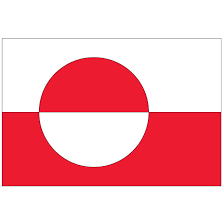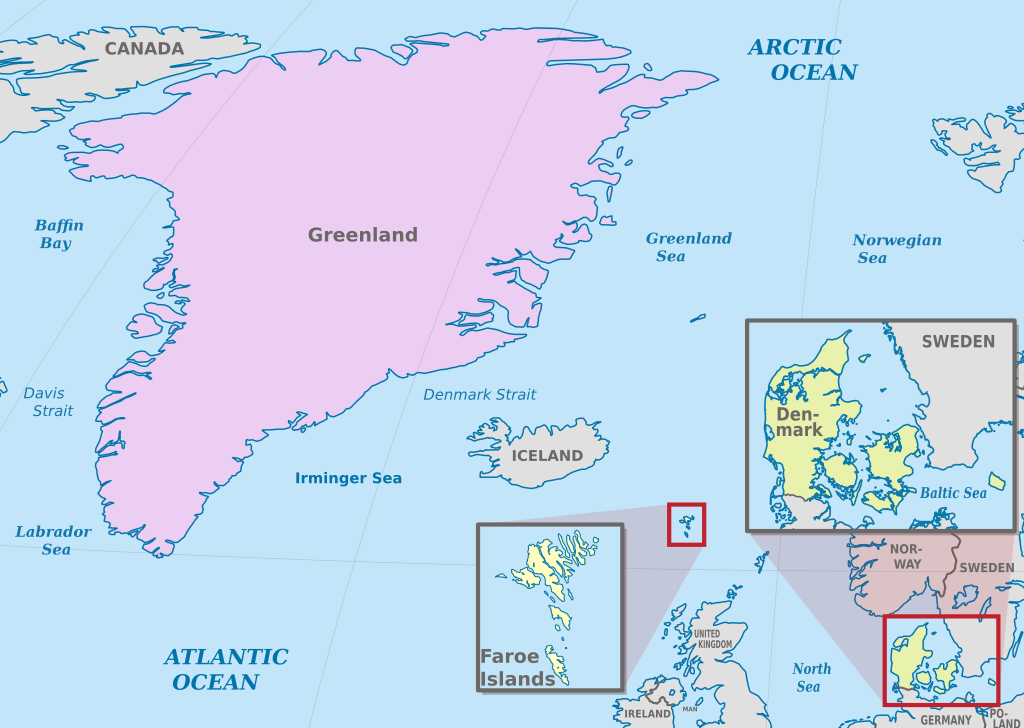
Greenland, an autonomous territory within the Kingdom of Denmark, bears striking similarities to colonial America in the late 1700s. Both regions, separated by centuries and geography, share experiences of distant governance, economic dependence, and a growing sense of distinct identity. By examining these parallels, we can explore how Greenland might follow a path akin to America’s Declaration of Independence, as well as the challenges and possibilities for it to become an independent nation-state. In the late 1700s, the American colonies were under British rule, governed from afar by a monarchy that wielded ultimate authority over their political and economic affairs. Similarly, Greenland today operates under Danish sovereignty. While Greenland has enjoyed significant autonomy since the Self-Government Act of 2009—controlling its internal affairs like education, health, and natural resources—Denmark retains control over foreign policy, defense, and monetary systems. This mirrors how the British Crown dictated colonial America’s trade policies (e.g., the Navigation Acts) and military decisions, often to the frustration of colonists who felt their local needs were ignored.
Economically, both Greenland and colonial America relied heavily on their colonial powers. In the 1700s, American colonies exported raw materials like tobacco and timber to Britain, receiving manufactured goods in return—a classic colonial dynamic. Greenland, too, depends on Denmark for economic stability, with an annual block grant (approximately 3.9 billion Danish kroner, or roughly $570 million USD) making up a significant portion of its budget. Fishing, much like farming in colonial America, dominates Greenland’s economy, yet it remains tethered to Danish financial support, echoing the mercantilist ties that bound America to Britain.
Culturally, both regions developed identities distinct from their rulers. In colonial America, a sense of “Americanness” emerged from shared struggles and geographic isolation, despite diverse populations. Greenland’s Inuit heritage and harsh Arctic environment have fostered a unique national identity, separate from Danish culture. However, like the colonists who still spoke English and revered certain British traditions, Greenlanders use Danish as an official language and share historical ties with Denmark, complicating full separation. The American Declaration of Independence in 1776 was a bold rejection of British rule, rooted in grievances like taxation without representation and lack of local control. Greenland could, in theory, draft its own declaration, asserting sovereignty based on similar principles: the right to self-determination, control over its vast natural resources (including rare earth minerals and potential oil reserves), and freedom from Danish oversight in international affairs. The 2009 Self-Government Act already acknowledges Greenland’s right to pursue independence, suggesting a legal framework exists—unlike the American colonies, which had no such formal pathway and resorted to revolution.
A Greenlandic declaration might read: “We, the people of Kalaallit Nunaat, declare our right to govern ourselves, to steward our land and seas, and to engage the world as equals.” It could cite Denmark’s control over defense and foreign policy as a modern parallel to Britain’s overreach, arguing that true autonomy requires full independence. The process could be peaceful, negotiated through referendums and international mediation, contrasting with America’s violent break.
Yet, Greenland faces significant hurdles that colonial America did not. Economically, its population of just 56,000 lacks the scale and diversity of the 2.5 million colonists in 1776. America’s agricultural base and growing trade networks offered a foundation for self-sufficiency; Greenland’s reliance on fishing and the Danish grant leaves it vulnerable. Independence would require new revenue streams—perhaps from mineral extraction—but developing these would demand infrastructure and investment it currently lacks. Politically, Denmark’s rule is less oppressive than Britain’s was. Greenlanders enjoy Danish citizenship, representation in the Danish parliament, and welfare benefits—luxuries the American colonists never had. This softens the urgency for independence, as the status quo offers stability. Moreover, Greenland’s strategic location in the Arctic makes it a geopolitical prize, with powers like the United States and China watching closely. Denmark’s NATO membership provides security; an independent Greenland might struggle to defend itself or avoid becoming a pawn in great-power rivalries. For Greenland to become an independent nation-state, its status could shift through a multi-step process. First, a referendum—building on the 2008 vote where 75% favored self-governance—could affirm public will for full independence. Next, negotiations with Denmark would address economic transition, perhaps phasing out the block grant over decades while Greenland develops its resources. International recognition, likely through the United Nations, would cement its sovereignty, though it might need alliances to bolster security.
The people’s status could change from Danish citizens to Greenlandic nationals, retaining dual citizenship as a transitional measure. Land ownership, currently a mix of communal and state control, could fully transfer to a Greenlandic government, empowering locals to decide its use. The key obstacle is capacity: building a self-sustaining economy and administration requires time, expertise, and global support—challenges colonial America overcame through population size and revolutionary zeal. Greenland’s parallels with colonial America highlight a shared narrative of distant rule and emerging identity, yet its path to independence diverges due to modern realities. While a declaration of independence is feasible, economic fragility, geopolitical stakes, and the benefits of Danish ties pose significant barriers. Greenland could achieve nationhood, but unlike America’s break in 1776, it would likely be a gradual, negotiated evolution—one shaped by its unique Arctic context and the lessons of history. One thought entertained was that Greenland might become the 51rst state and thus allow it to over come these challages. I hope this outcome becomes true as it would be best for investment and North American security. Only time will reveal how this will play out.



